For the past three years, the National Portrait Gallery has been a building site, but now it’s reopened, with a large new reception entrance, a dramatic escalator to the top floor, and loads more space.
Although it holds a national museum collection, the Portrait Gallery has always felt a bit like an afterthought stuck onto the back of the National Gallery, not helped by sharing a lot of the same name, and much of the same building design — and a fairly small entrance onto a narrow busy pavement.
Even when it opened in 1895, they knew already that it was too small, and the gallery has been added to and extended ever since — roughly every 20 to 30 years, with the most recent being the filling in of a backyard space to create the Ondaatje wing in 2000.
The latest change was less about expanding the size of the building than redesigning the entire interior to clean up a lot of accumulated problems.
A brand new step-free entrance has been created around the north side of the building, and the galleries that were there have been swept away to create a brand new reception area — and of course, a shop — that’s about three times the size of the old entrance.
Despite sweeping away a lot of the ground floor galleries, there’s much more space in here for portraits though, as old staff spaces have been cleared and opened up — although the staff space is possibly more obvious now, thanks to a large number of temporary “staff only” signs dotted all over the place on the opening weekend.
The previous layout was a mess, and while there’s still a bit of a sense of maybe too many rooms and not enough corridors, it’s a heck of a lot easier to move around the space. The addition of the escalator that takes you from the entrance directly to the top floor is inspired, as flowing down the stairs is so much easier than finishing some galleries only to see yet another set of stairs to tediously walk up.
Many of the rooms have been refreshed, with lighter walls and ceilings, and a total rehang of all the rooms.
Although the rooms are themed from Tudor to modern, I quite liked some of the contrasts between paintings. Putting the late Duke of Edinburgh and Queen in the same room as a larger than life naked self-portrait by Chantal Joffee raised eyebrows today, let alone how people would have reacted just a few years ago.
Mark Quinn’s blood filled head dominates a room sitting on top of the refrigeration unit needed to stop it decaying — and looking not unlike Arcturus from Doctor Who’s The Curse of Peladon.
A grand portrait of Field Marshall Montgomery, which, in living up to his reputation for self-promotion was commissioned by him during the war, sits next to a small photograph of the late Queen repairing a broken down truck. It’s striking how the soldier looks like a Prince, while the Princess looks like a soldier.
The gallery in the past, was filled with a lot of mainly white men is also now much more varied, reflecting the reality that a collection of pictures of important people has a much broader spectrum of important people to select from now thanks to changes in society since the gallery’s last major rehang several decades ago.
Would the old collection have included a young Marcus Rashford had he been around at the time? Probably not, but here he is in the new gallery, next to King Charles III.
The very idea of a National Portrait Gallery is itself a curious one – a collection not of artists, but of subjects, and in a way, it’s the celebrity gossip of its time, filling rooms with the sort of people that people looked up to at the time.
Maybe then, it’s no surprise that the busiest room in the building now is the modern portraits and the busiest space in the busiest room is the wall of modern celebrities. Hardly anyone looked at Margaret Thatcher, everyone is looking at Annie Lenox.
For me, the triumph of a room is at the top, where they’ve recreated a cluttered messy room of the sort that would have been recognisable to people on the day the gallery first opened. No artificial lighting, just the ceiling windows, and walls covered in grand portraits. The far end, just one amongst many, and yet somehow dominating the space is Joshua Reynolds’ acclaimed painting of Mai.
But, just by the door, on your left as you walk in, is Joshua Reynolds himself, a self-portrait with his hands shielding the light from his face, almost as if he’s looking across the room at his most famous painting.
In a way, what’s fascinating is that while it’s pretty obvious what part of the building is Victorian and which is later, it’s difficult to see a recent transition in the latest refurbishment. The redesign subtly blends the two sides of the building, and the effect, while at over £41 million, was hardly cheap, is undeniably not brash and in your face. It’s almost as if the gallery has always looked like this.
I personally would have liked to have had space to see more of the architecture of the building, but on its opening weekend the gallery was packed, doubtless helped by the publicity from the art and architecture journalists offered previews before it opened, but being busy is the point. It should be busy and successful and freely welcoming of all people to wander the galleries, even if occasionally it felt more like a tube station in rush hour.
Maybe go in a week or two when the initial rush has died down a little.
The National Portrait Gallery is now open daily from 10:30am to 6pm, and late to 9pm on Friday & Saturday. Apart from the usual charges for the temporary exhibitions, it’s free to visit.

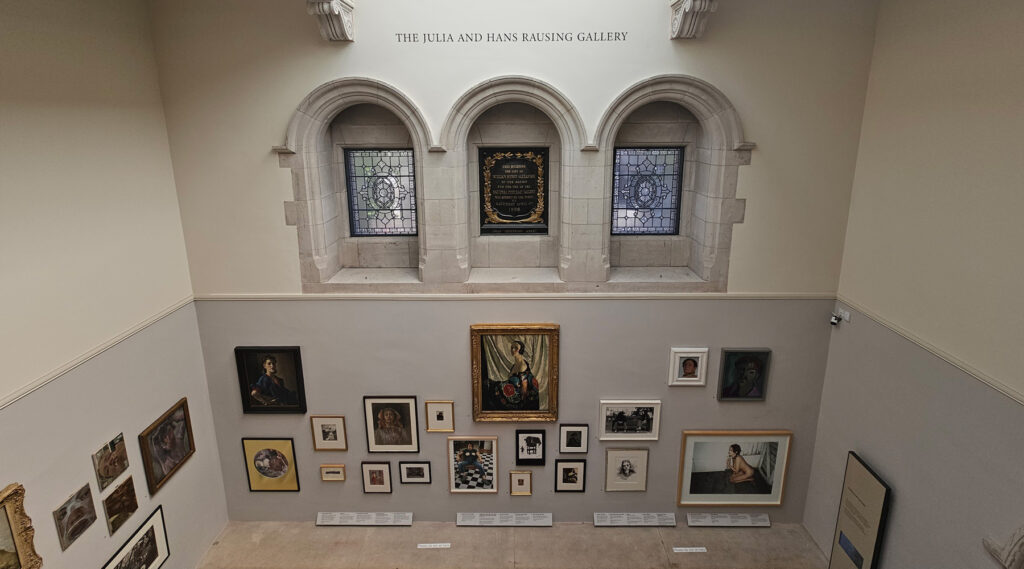
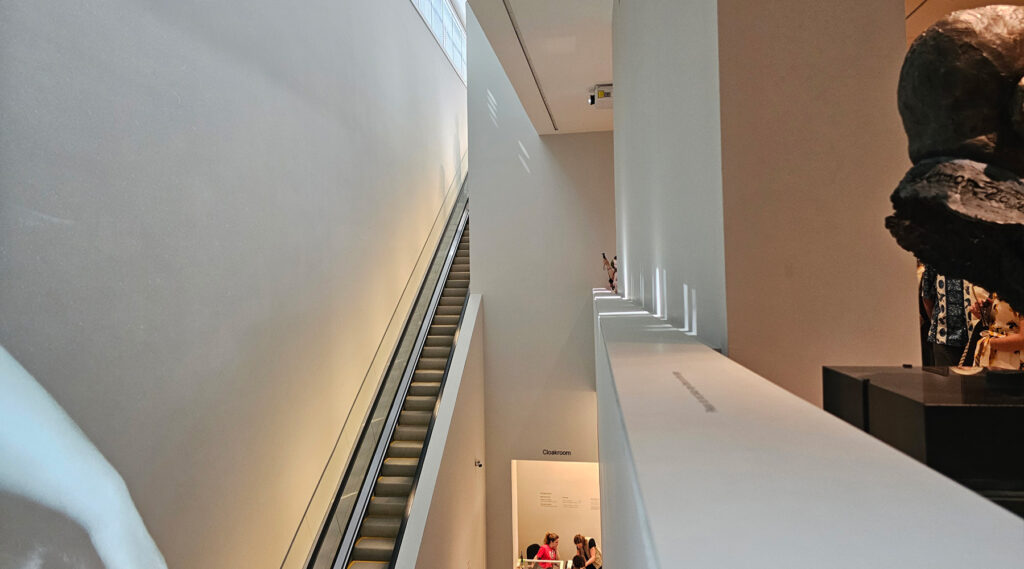
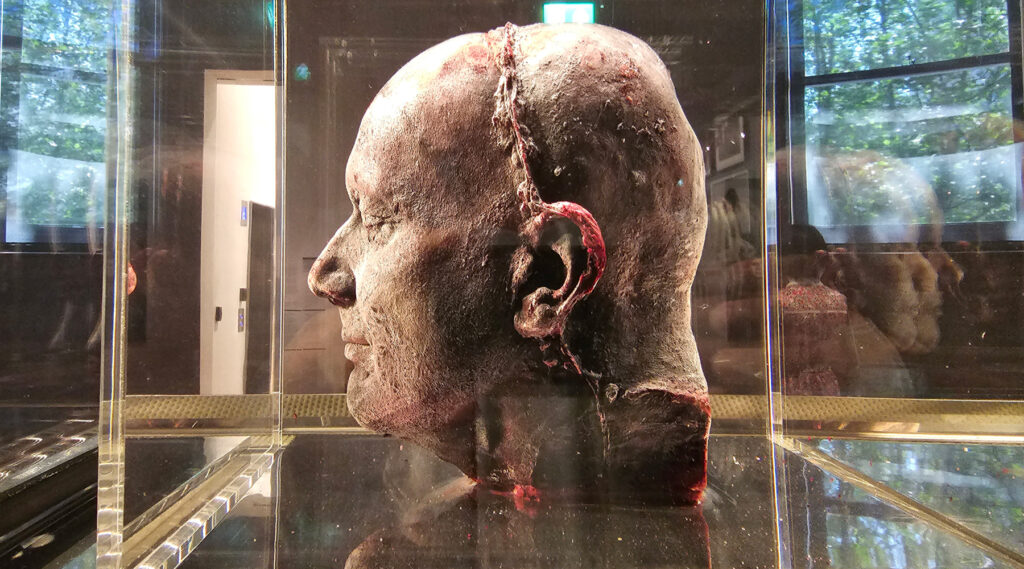
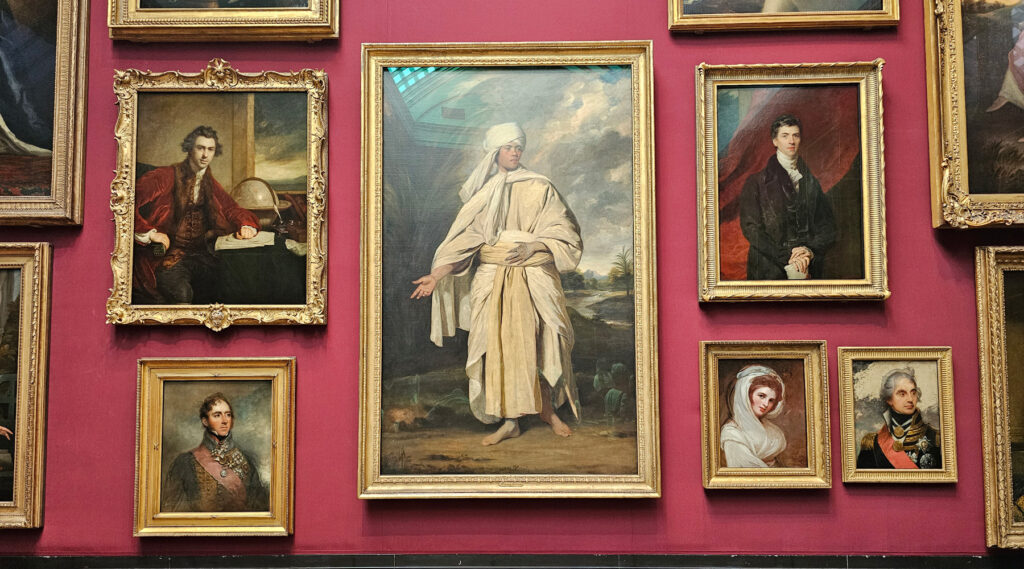
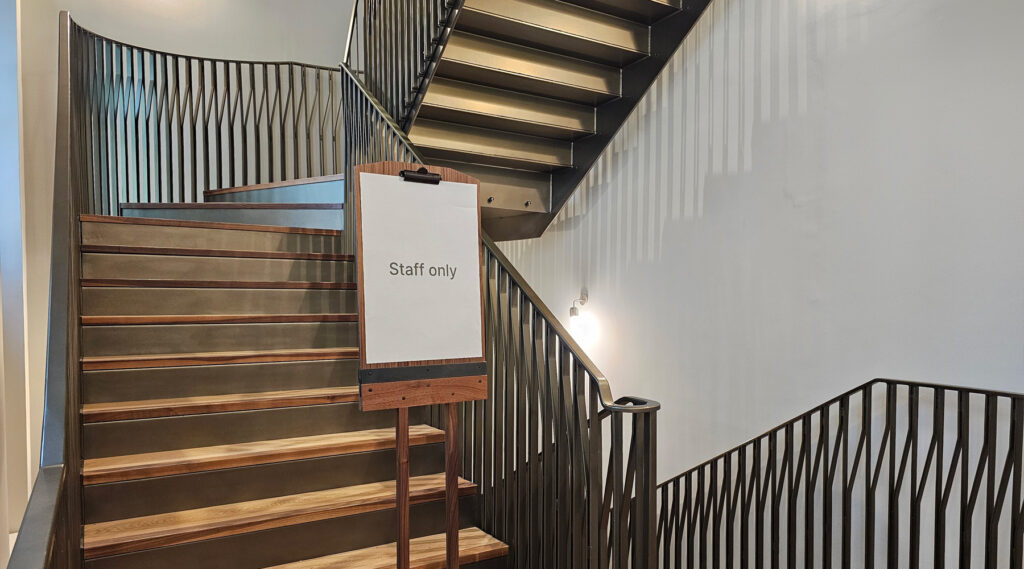
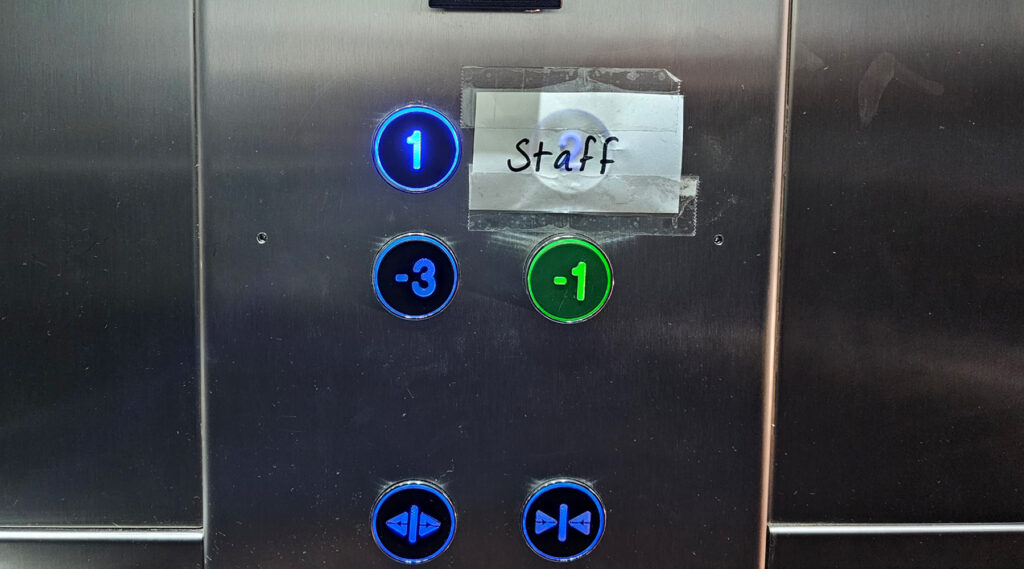
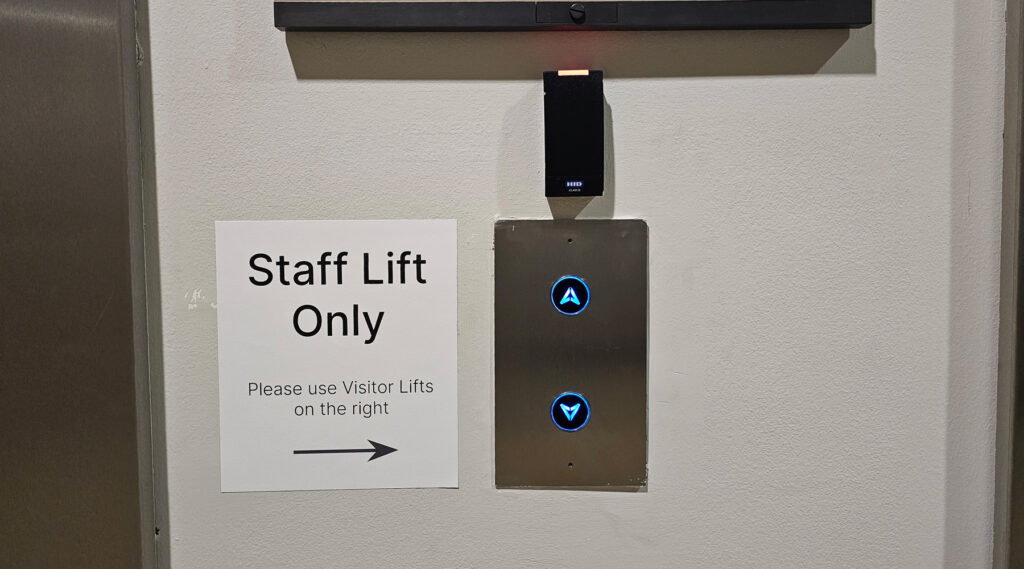






The escalator was already there wasn’t it!?
They also missed a trick and should have linked up with the NG a bit like the RAA on Piccadilly
Yep, installed by Dixon Jones in the Millennium development that became the Ondatje Wing. All they did now was to wall it in. But the project back then (which included the rooftop restaurant) was critical to now as it filled the existing lightwell and unblocked the layout
Oh and agree, the two national galleries should and probably eventually will become one as I noted months ago
https://www.chrismrogers.net/post/gallery-going
Well from a historical perspective the problem is that only rich and titled people had their portrait painted.
I should like to see it filled with images of real people.
It’s full of images of real people, that’s its very purpose.
The rich and titled are not unreal, just rich and/or titled.
It’s a shame that Hogarth’s sensitive portrait of his servants is in Tate Britain. It’s affecting for the very reason that it is so rare to see working-class Britains portrayed in their own right, rather than as props to indicate status. I look upon the NPG as an unparalleled lesson in our social history for the very reason of what’s there and what isn’t. As for getting outside in order to see Real People – I think any Real Person might be entitled to punch me on the nose if I stared closely at them for several minutes from less than a metre away! I love being able to get up close to the older portraits and marvel how the human face remains the same despite the elaborate efforts at “posh” disguise.
If you want to see what so called “Real People” look like I have an idea. Instead of looking at the paintings and photographs on the walls turn your back on them and look at the faces of the visitors. You dont even need to go into the Gallery for that you can save your fare and do it in the street.